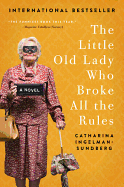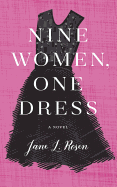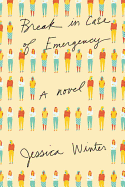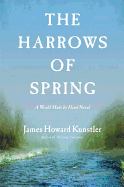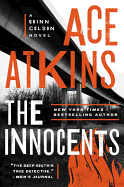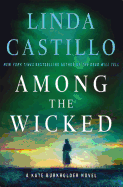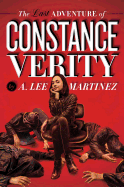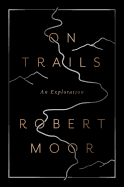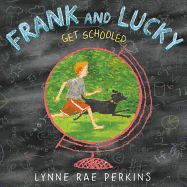 |
| photo: Zachary Smith |
Nicholas Sansbury Smith has written several popular post-apocalyptic and dystopian novels, including the Extinction Cycle series (self-published) and the Orb series (Simon & Shuster). The first volume of a planned trilogy, Hell Divers (Blackstone) tells the tale of the last remnants of humanity, surviving in airships above a ruined Earth. He lives in Des Moines, Iowa, with his family and several rescued animals.
What's your background?
I worked for Homeland Security and Emergency Management for a number of years. I did disaster mitigation planning. That's what inspired me to write post-apocalyptic novels. It's depressing how many ways the world might end. It's something that I've been focusing on in my writing--what people do when that time comes, all the different types of survivors and their personalities. It just fascinates me. Hell Divers is another example of that. It's a little bit different because it's set so much farther into the future than my other books.
What was your approach to building the world of this novel?
Since it's set 250 years into the future, there were a lot of different ways I could take this, but I did want to focus on what life would like on these airships. Are people religious, and are there different religions? How does the economy work? I had to envision what would have happened over these 250 years. There wouldn't be a whole lot left. It would pretty much be what you could grow and barter in terms of selling stuff. Some of the same belief systems would have remained over time; they probably would evolve. I think life would just be a lot darker, and so I tried to reflect that in the characters. Even Tin, the boy Hell Diver Xavier ends up taking care of, grows up knowing that life can end at any moment. With that hanging over your head, you either have to choose to keep going or just give up.
What about the class differences? What was your rationale in creating the haves (upper decks) and the have-nots (lower decks)?
I wanted to have a dystopian outlook on it. In society today, the distribution of wealth is a lot different than it was during the 18th and 19th centuries, with the robber barons. In my future, when power and wealth is in the hands of the few, like it is on the airships, then you're going to have major differences between the two caste-like systems. I wanted the lower deckers to have some sort of revolt, but I wanted it to brew very silently so it wasn't something that just happens overnight. It's a cycle--almost like in Hugh Howey's Wool, where you have different revolts over the years. I also wanted to have a humanist as captain, so Captain Maria Ash understands the plight of the lower deckers. She can relate because of the cancer that she has (most lower deckers get cancer due to the poor shielding from the nuclear engines that power the airships). At the same time, there isn't a whole lot she can do. Her goal is to keep humanity going. In a situation like that, you almost have to pick the lesser of two evils and decide who survives and who doesn't. Otherwise, the human race really goes extinct.
Who is Xavier Rodriguez, the world-weary but duty-bound Hell Diver who must keep going at any cost?
When I was writing his character, I was looking for someone the reader could love and hate. Someone they could relate to and, like I said, someone who was flawed. I don't want to give away any spoilers, but his journey is kind of a journey through hell. He really does believe in humanity. He really does care about the human race even though his character might not seem like it. That's why I had Xavier and his relationship with Tin evolve; in the beginning, Xavier doesn't seem like he cares about a whole lot of stuff. Then he realizes what's important in life again over the course of the book.
Even 10-year-old Tin has a character arc. Where did you draw your inspiration for that? Kids are hard to write.
I tried to give all of the characters' points of view as much page time as possible so they develop and aren't so one-dimensional. With Tin, my inspiration came from my own childhood. I had to think back to how I would feel in situations like his. But then I also had to remember I grew up in a much better place than an airship. It wasn't easy, and my editors have definitely helped. I don't have kids, but my editors who do have kids said, "Eh, this doesn't make sense. Tin wouldn't react this way."
What about the world-ending catastrophe? Was it one nuclear event or were there several things?
I decided not to go into a major explanation of what happens in the book itself.
Because it doesn't matter, right?
Right. At this point, not everyone on the airships understands really what happened. Captain Ash is fascinated and obsessed with figuring out what happened, but there's a scene where she talks about the Hive originally being a lifeboat that was meant to drop bombs. They were designed by the military to be hardened against EMPs. The future of warfare is electronic warfare. We might not have manned jets 10-20 years in the future. We might have more drones, but at that point, I think there's going to be more electronic warfare that can shoot those types of things down. The lifeboats were designed to drop bombs and create an electromagnetic pulse. I don't touch on which countries, who started the war, or who ended the war. I just explained that these were military aircrafts that were designed to withstand an EMP blast. These lifeboats dropped the bombs, but they also picked up the families of the military officers that commanded them. They became lifeboats. The military ended the world, but in a way they saved the last remnants of humanity. There are only two lifeboats left at the start of the novel, 250 years in the future.
In fact, the tubes that the hell divers drop out of to go down to the planet to salvage supplies were the bomb tubes.
Right. They are retrofitted now to drop people instead of bombs.
That's some irony right there. What inspired the monsters on the land?
Again, I wanted to try to make this realistic, so I had to think about what would happen 250 years after these bombs had dropped.
That's a long time for mutations to take hold.
Whatever creatures are down there are going to have to evolve to withstand not only the radiation, but figure out a way to survive. Since it's so dark, I decided the creatures didn't have to have eyes. They wouldn't be able to see anyway, so they use some sort of sonar. The skin and all the other extremities are very leathery. They have these appendages and they move really fast up surfaces. What would it be like down there? What would they have evolved to? How would they move? How would they see? How would they breathe? What would they eat? Some of my inspiration has come from other books, TV shows and movies. --Rob LeFebvre
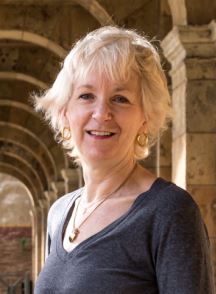
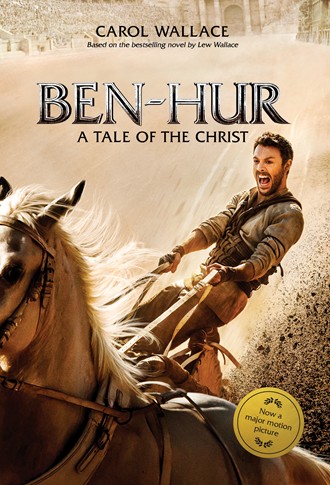



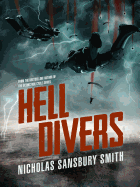


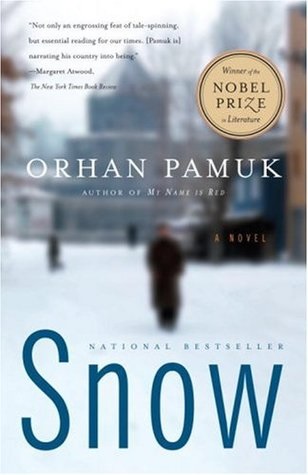 The recent failed military coup in Turkey is part of a long history of tension between secularism and Islamism stretching back to the country's creation. Ataturk, the Republic's founder, enshrined an "active neutrality" in the state's relationship with religion. The Turkish military has since staged multiple successful coups to defend the secular nature of Turkey's government in a country where 99% of the population is Muslim.
The recent failed military coup in Turkey is part of a long history of tension between secularism and Islamism stretching back to the country's creation. Ataturk, the Republic's founder, enshrined an "active neutrality" in the state's relationship with religion. The Turkish military has since staged multiple successful coups to defend the secular nature of Turkey's government in a country where 99% of the population is Muslim.